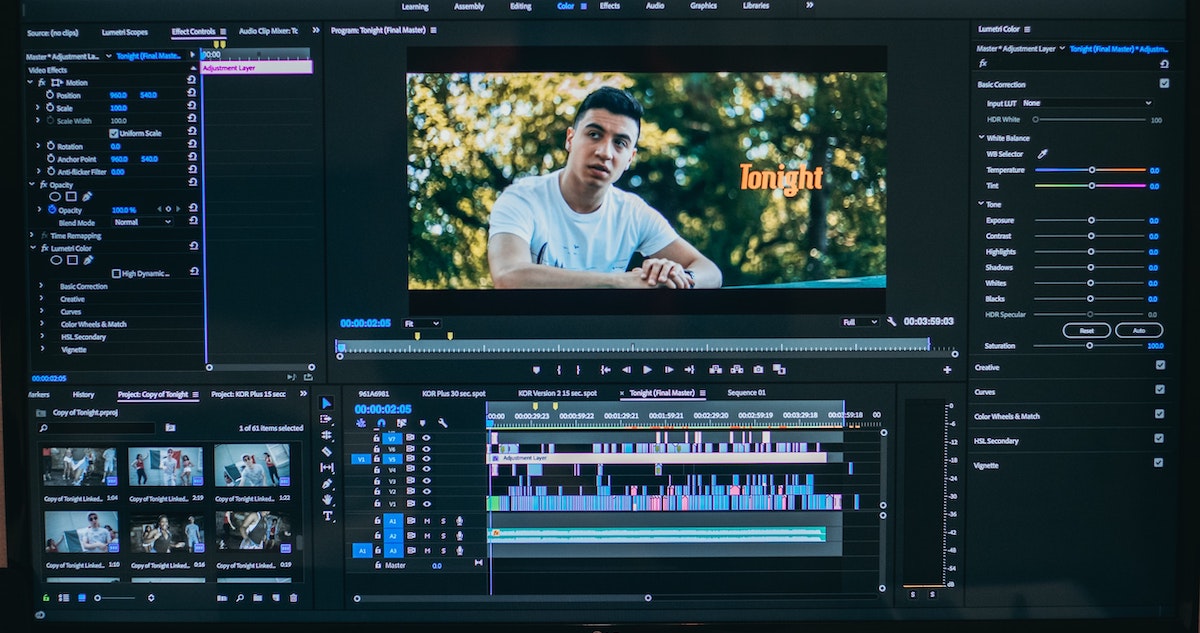“Which is better for a marketing video – subbing or dubbing?” is a question we get asked a lot at Voice123. ‘Subbing’ – just in case you’re unsure – is ‘subtitling’. Although we’ve touched on the topic of subbing and dubbing before, let’s go back in history to create some context and then explore in more detail.
Subbing or dubbing: way back when
In the year of 1986, something very special happened in Japan. It was the beginning of a TV series that would first become a hit around the world, and would later amass a cult following in North America 2 decades later.
The only thing is, when it aired again in 2003 in the US and Canada, it was a different show. Japan’s Takeshi’s Castle had been dubbed to a hilarious, parodical version of the show, Most Extreme Elimination Challenge, also popularly known as MXC.

MXC used the same video footage as Takeshi’s Castle, but the premise, characters, and of course dialogue, were flipped on their heads — just like the show’s contestants. If you’ve never seen the show before, watch the clip we’ve linked. It’s a golden relic of the 2000s.
So why bring up MXC when it comes to subbing or dubbing your marketing video? Aside from being fun to talk about, MXC manages to provide several insights on this topic.
Dubbing has to be done really well to succeed
The reason why MXC was a success was because it was a spoof. It allowed for all sorts of bad dubbing to happen, but that was ok, because it was meant to be funny.
Unless your marketing video is meant to be taken as a joke, the dubbing has to be excellent to be effective. Otherwise, you can lose an audience really quickly. Imagine trying to seriously watch a movie with a dub like this.
It’s times like these where subtitling becomes the obvious choice.
Dubbing offers truly localized content

We’ve talked about localization here, and the role of subbing or dubbing for localization, here. Basically, localization is using voices that have the same or similar speech patterns as the target audience, whether that’s pacing, accent, or intonation, or crossing the language barrier altogether.
In either case, the goal is for the audience to better engage with the content.
Dubbing takes engagement to another level, because, as opposed to subbing, it localizes the language spoken. Dubbing has the potential to make something totally unrelatable into something digestible and familiar – but their are definite things to look out for.
MXC wouldn’t be good as a subtitled show
Take Takeshi’s Castle for example. Can you imagine what it would be like if it were a subtitled show, presented as-is for an American audience?
Unlike people nowadays who are accustomed to watching subtitled content
(streaming services like Netflix offer subtitles on the fly), it’s unlikely a seriously subtitled Takeshi’s Castle would become as big as MXC has. It’s more likely that it would be a bit too eccentric and foreign for its time.
It goes to show that without localization can be a strong factor when dealing with foreign content.
Dubbing live action vs animation
Subbing MXC wouldn’t be a great idea, but would unironically dubbing it work? Probably not.
It comes down to personal preference, but generally it’s safe to say a lot of people don’t like it. That’s because when a foreign language uses another language’s body movements, such as lips closing or mouth shape during enunciation, it can be jarring.
But when it comes to animation, dubbing doesn’t have the same limitations. Mouth movements are generalized and flexible. And when it comes to anime, the debate between dub versus sub never ends. Here’s one of the innumerable reddit debates on which is best.
So unless it’s animation, dubbing a production can be strange to see and hear. The genre of the dubbed content also matters. Some things just don’t translate as well when it’s dubbed, such as comedy.
Subtitling is cheaper and more accurate, but costs in other ways

Subtitling can be a lot cheaper since you only need to hire a translator. And for productions that are trying to squeeze within a budget, subtitling may be the only option.
And then there’s the fact that subtitling can translate a foreign language much better than dubbing can. With subbing, you can make exact translations, which can be important for more formal content such as eLearning and instructional videos.
Subs can also turn away some viewers. Having to constantly look at a block of text at the bottom of the screen and then back at the subject, repeatedly over a long time can be tiring. Also, target audiences with lower literacy levels can struggle more with subtitles. This includes children and elderly people.
Subbing or dubbing: it depends on your audience
All this to say, it depends on your audience.
Cinephiles might prefer subs all the way through, saying subs retain the original intent of the acting and script. The thought of dubbing over an iconic voice like Morgan Freeman’s might devastate some.
Meanwhile, dubbing over less familiar actors in an indie film or a light-hearted show might make it more watchable. After all, that’s sort of what MXC did to Takeshi’s Castle.
In any case, researching your audience is your best option. We don’t have a definite recommendation between subbing and dubbing, because it’s so situational.
But in the event you need a dub, what we can say for certain is that you should be sure to choose one of the superb voice actors on Voice123!




































































































